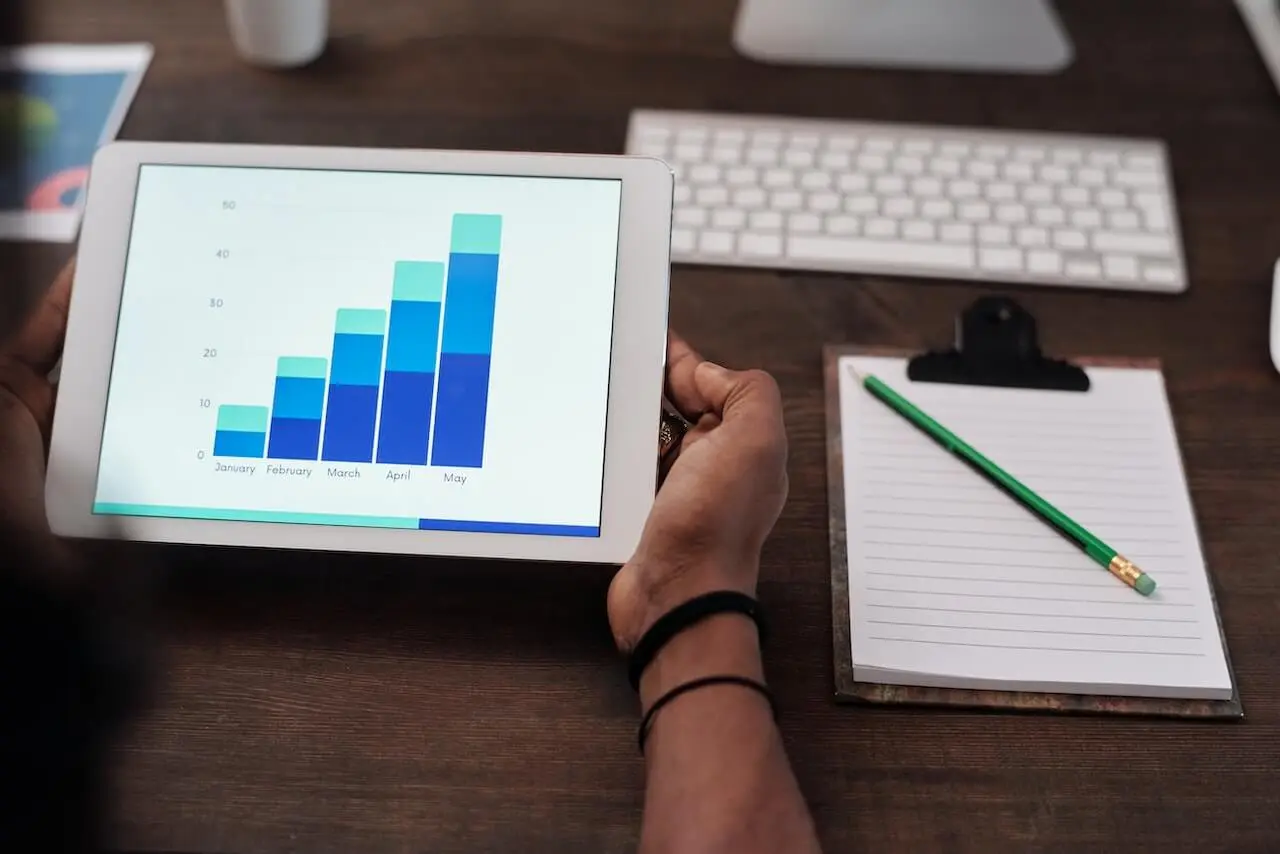Originally published October 30, 2023 , updated on October 25, 2023
Content distribution is essential in business-to-business (B2B) marketing since it acts as a bridge that connects businesses and their target customers. In today’s competitive world, creating quality content is not enough to achieve marketing success; you need to develop a content distribution strategy that ensures that your content reaches the right audience at the right time and in the right manner.
This blog will provide an in-depth overview of the importance of content distribution in B2B marketing and practical tips on creating an effective content distribution strategy for your business.
So settle in as you learn how to curate an effective content distribution strategy.
Five Steps to Elevate Your Content Distribution Strategy

Refining your content distribution strategy is paramount to effectively reach your target audience and drive meaningful engagement. Below are the five steps you need to follow to achieve this:
1. Define Your Audience
In B2B marketing, one of the most important steps you can take is defining your audience. This means identifying the industries and niches you want to target and creating buyer personas for the decision-makers within those organisations.
But it’s not enough to simply understand your audience’s demographics; you must also delve deeper into their unique challenges and pain points. By doing so, you’ll be better equipped to create content that speaks directly to their needs and ultimately drives conversions.
Defining your target audience involves identifying the specific demographics, behaviours, interests, and needs of the people most likely to be interested in and benefit from your product or service. You can gain this knowledge through market research, including surveys, focus groups, and data analysis. You can also study your existing customer base and analyse their characteristics and purchasing patterns.
By developing a deep understanding of your target audience, you can tailor your distribution strategy and messaging to effectively reach and engage with them, ultimately leading to increased sales and customer loyalty.
2. Map the B2B Buyer’s Journey
Developing a solid B2B content distribution strategy is all about knowing your target audience. But the work doesn’t end once you’ve reached them; you need to guide them through each stage of the buyer’s journey.
From awareness to consideration and decision-making, different types of content and distribution channels are necessary to address your target audience’s needs and objections at every step. Customising your content and how you distribute it at each stage ensures that you provide value to your potential customers, which is essential for building trust.
Gated content also plays a vital role in B2B lead nurturing by providing something of value in exchange for contact information. Mapping out the B2B buyer’s journey and creating tailored content for each stage will help ensure that your content distribution strategy is effective and helps you achieve your marketing goals.
3. Use Content Formats Applicable for B2B Audiences
B2B decision-makers are inundated with information daily, making it challenging to capture their attention. However, several content types can resonate with them. These include whitepapers, case studies and e-books.
These formats provide in-depth information and insights into your product or service, giving decision-makers the necessary information to make informed choices. Different content types are also distributed differently. Knowing the content types that will work best for your audience will also help inform how content should be distributed to them.
Infographics, webinars, and thought leadership pieces are equally essential content types that can help establish your brand as an authority in the industry. By incorporating best practices for crafting effective B2B content, you can create a content distribution strategy that effectively drives traffic while positioning your brand as a trusted advisor to your target audience.
4. Leverage Industry-Specific Channels

While social media platforms like Facebook and Instagram may be popular for B2C brands, it’s important to identify industry-specific channels more accommodating to B2B businesses, like LinkedIn and X (formerly Twitter).
This may mean participating in industry forums and groups or engaging with B2B influencers and thought leaders who have a strong following in your specific niche. By focusing on these targeted channels, you can effectively reach your audience in the places they are most likely to spend their time and energy.
5. Measure Progress
Defining KPIs is important as it allows you to set clear goals and measure their progress towards achieving them.
Common KPIs for B2B content include website traffic, lead generation, social media engagement, and sales conversions. Tracking audience engagement is also critical, as it helps you understand which content resonates with your target audience and which does not.
By analysing data on pageviews, bounce rates, and click-through rates, you can continually adapt your content strategy to ensure it meets the needs and wants of your audience. Finally, data-driven content distribution can have a lasting impact on your business’s success.
Insights gathered from analytics can be used to optimise and iterate content distribution, leading to increased engagement and a better return on investment over the long term.
Case Studies of Successful B2B Content Distribution
One of the most successful businesses in B2B content distribution is Adobe. The company has effectively managed to engage with businesses and win their loyalty through its informative and engaging content.
Adobe has established an authoritative position in its industry by publishing high-quality content that helps businesses optimise their marketing strategies and workflows. Its content includes guides, whitepapers, case studies, and webinars tailored to help businesses create better digital experiences and drive more sales.
Adobe’s approach to B2B content distribution prioritises quality and relevance, ensuring that it meets the needs of businesses at every level. Its content is well-researched, data-driven, and visually appealing, making it easy for businesses to digest complex topics and apply them to their operations.
Overall, Adobe’s success in B2B content distribution stems from a well-defined content strategy that leverages multiple distribution channels, including social media, email marketing, and webinars, to reach a wider audience and provide relevant content to businesses.

Boost Your Efforts With Content Distribution Services
You can have the best content possible, with in-depth information that speaks directly to your target audience and covers all their pain points. But if they can’t find you, how can you lead them down the buyer’s journey or secure a new business lead?
A content distribution strategy is equally as important as the content itself. And with Goodman Lantern’s help, you can rest assured knowing that your business is in safe hands. Book a call with us today and learn more about our content distribution agency and how we can help you reach for success.
Post Views: 76



















